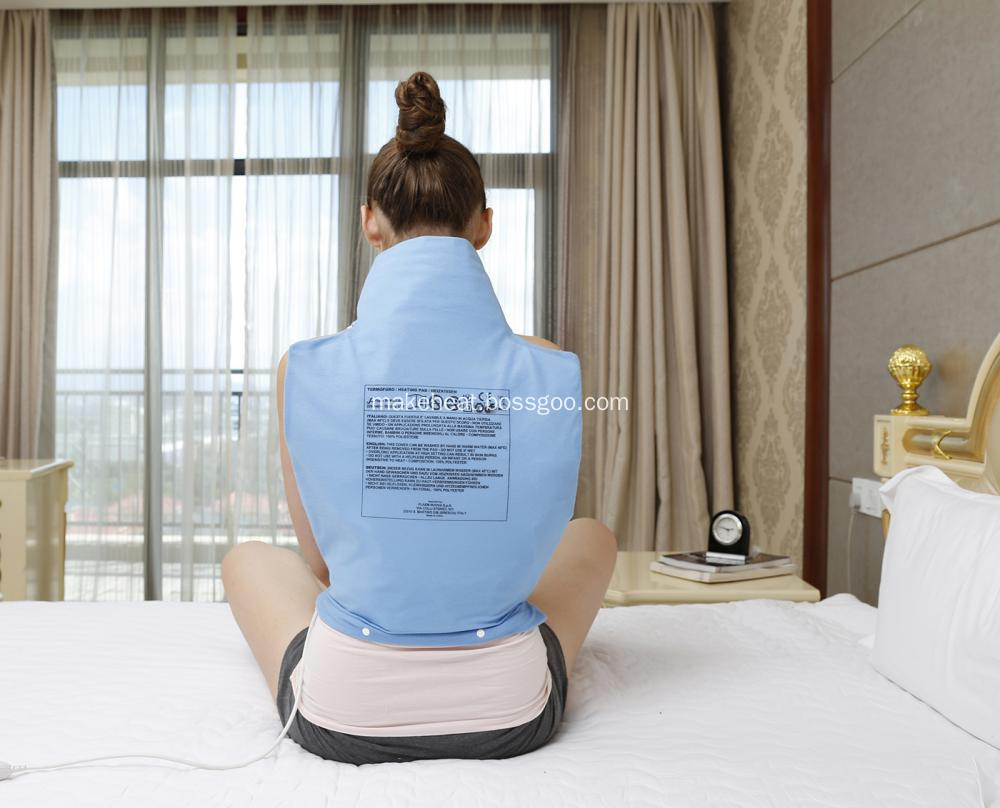Symptoms of sunflower, also known as the poisonous grass, rabbit walking stick, is an annual herb, belongs to the dicotyledonous plant, Dangdangke. Domestic distribution in Hebei, Beijing, Xinjiang, Shanxi, Inner Mongolia, Heilongjiang, Liaoning, Jilin and other provinces. The main damage is sunflower, watermelon, melon, pea, broad bean, carrot, celery, tobacco, flax, tomato and so on. Parasites in the roots. The resulting plants were short and thin and could not form disk. Finally the whole plant died.
The pathogen, Orobanche cumana Wallr., is known as the sunflower genus and is an annual parasitic herb. Stems erect, solitary, fleshy, yellowish-brown to brown, without chlorophyll; without true roots, a short, whisker-like pseudo-root invades the tissue of the sunflower fibrous root tissue. Plant height is generally 20cm, the highest 54cm. Stems have longitudinal edges. The leaves are reduced to scaly, spirally arranged on the stem. Hermaphroditic flowers are arranged in a tight spike, with 50-70 flowers per plant, and a maximum of 207 flowers. Flower blue-purple, long 10-20mm, corolla lobes, 2-lipped, upper lip bifid, lower lip trifid. Five flaws. Four stamens, two long and two short, two long ones located between the two short ones, were born on the inner wall of the corolla. Filaments white, yellowish brown after death. Anthers 2-celled, inferiorly pointed, yellow, longitudinally fissured. A pistil, stigma head was swollen, stigma split, individual trischicus. The style is bent down, the ovary is in place, a room is composed of four carpels, and there are also five, six to eight carpels. Capsule 3-4 longitudinal, containing a large number of dark brown powdery seeds. Seeds irregularly shaped, hard, with vertical and horizontal patterns on the surface, size 0.250.3 (mm). Seed size varies widely. In addition, O. aegyptica said that guaranes or branches were badly damaged in Xinjiang; O.coerulescens said that Baicheng columns also harmed sunflowers.
The route of transmission and onset of disease winters as seeds in the soil or mixed in sunflower seeds. Seeds that fall into the soil come into contact with the roots of the host plants. Germination occurs when the seeds are seeded, young shoots are formed, seedlings grow, and suckers are formed in the lower part. The nutrients and moisture are drawn deep into the host roots. When the seeds are not in contact with the host plants after the soil has landed, the germination power can still be maintained in the soil for 5-10 years. When the occurrence period is not neat, there are unearthed, blossomed, and hard-earned crops from the beginning of July to the middle of September. Columns are 5-10cm at the top, 1-5cm at the ground, 10-12cm at the deepest, mostly parasitism at the lateral roots of the sunflower at 5-10cm, the victim is heavy, and the young sprouts and seedlings that are parasitic in the main root or deep root are not easy Unearthed. Changling Daka varieties are susceptible to infection, while white sunflowers and black oil are less likely to be infected. There are many occurrences of heavy rushing and welcoming.
Prevention and control methods (1) Selection of Hungarian No.2, Sino-Soviet III, advanced workers and other anti-Dangdang varieties. (2) 6-7 year rounds of dumping are carried out for heavy and stubborn lands. (3) Timely cultivating and weeding the grass 2-3 times before the peak period of exhumation and solidification. Before flowering, it must be uprooted or manually eradicated and burned or buried deeply. (4) Strict quarantine system. It is forbidden to transport mixed sunflower seeds from the ward. (5) Chemical control 0.2% of 2.4-D aqueous solution of butanol is sprayed on the surface of the plants and the soil. Each 667m2 of the drug solution is 300-350L, 8-12 days after 8-12 days. However, it must be noted that when the diameter of the flower disk of sunflower is generally over 10 cm in the championship, field spraying can be carried out, otherwise it is prone to phytotoxicity. In the intercropping between sunflower and beans, no pesticide can be applied because the beans are vulnerable to injury.
Back Heating Pad belongs to Heating Pad. It is a specific kind of heating pad that is used typically for relaxing pains & soreness caused to human backs.
It has 4 temperature settings, as per normal heating pad. The consumers can choose whichever heat settings according to their actual needs. The back heating pad also has the function of automatic shut off, ranging from 90 minutes to 2 hours, depending on consumers' actual needs.
Below image for reference to know the product better.

Back Heating Pad
Therapeutic Heating Pad, Electric Heat Pads, Moist Heating Pads, Heating Pad for Back
Ningbo JustLive Electrical Appliance Co., Ltd , https://www.makeheat.net